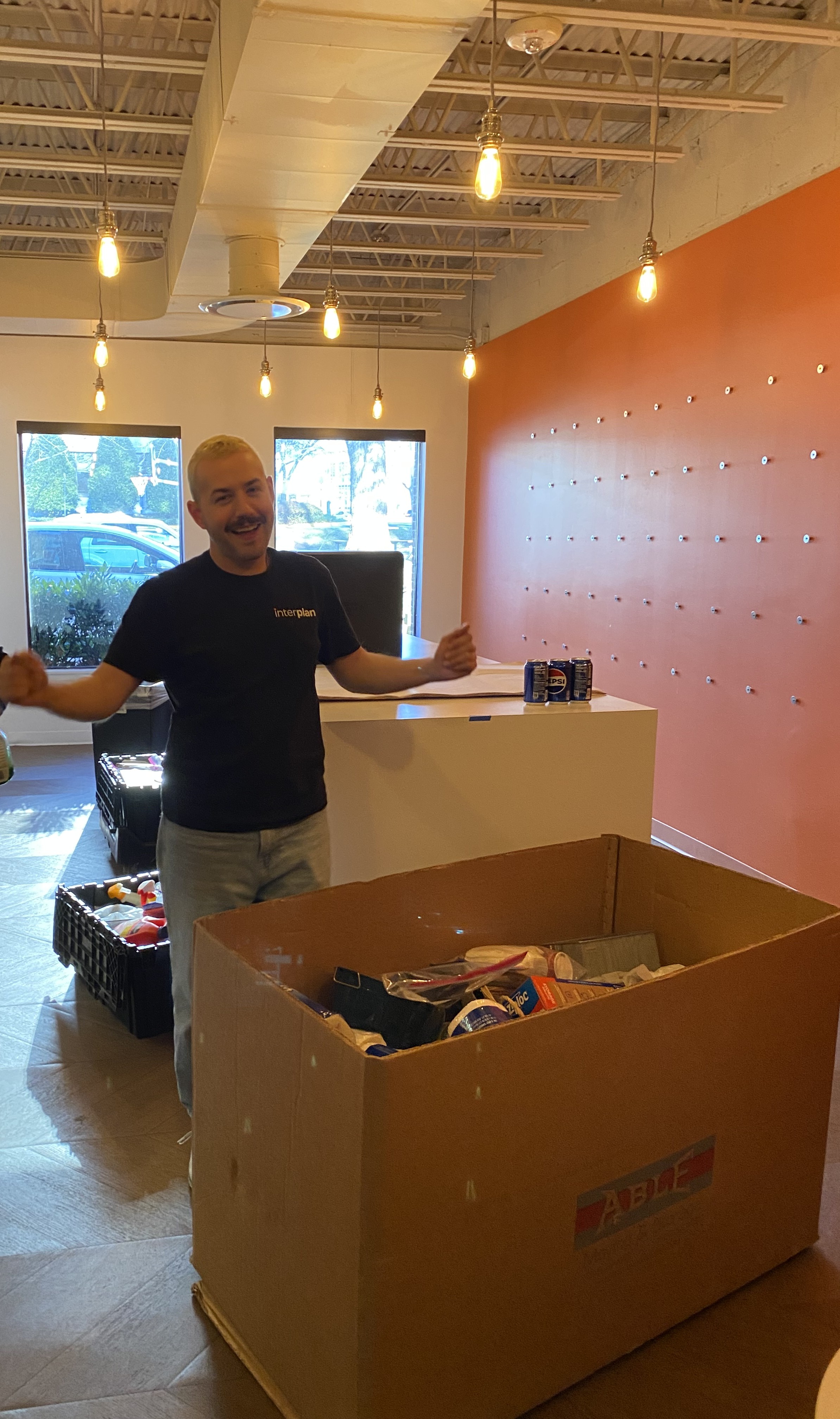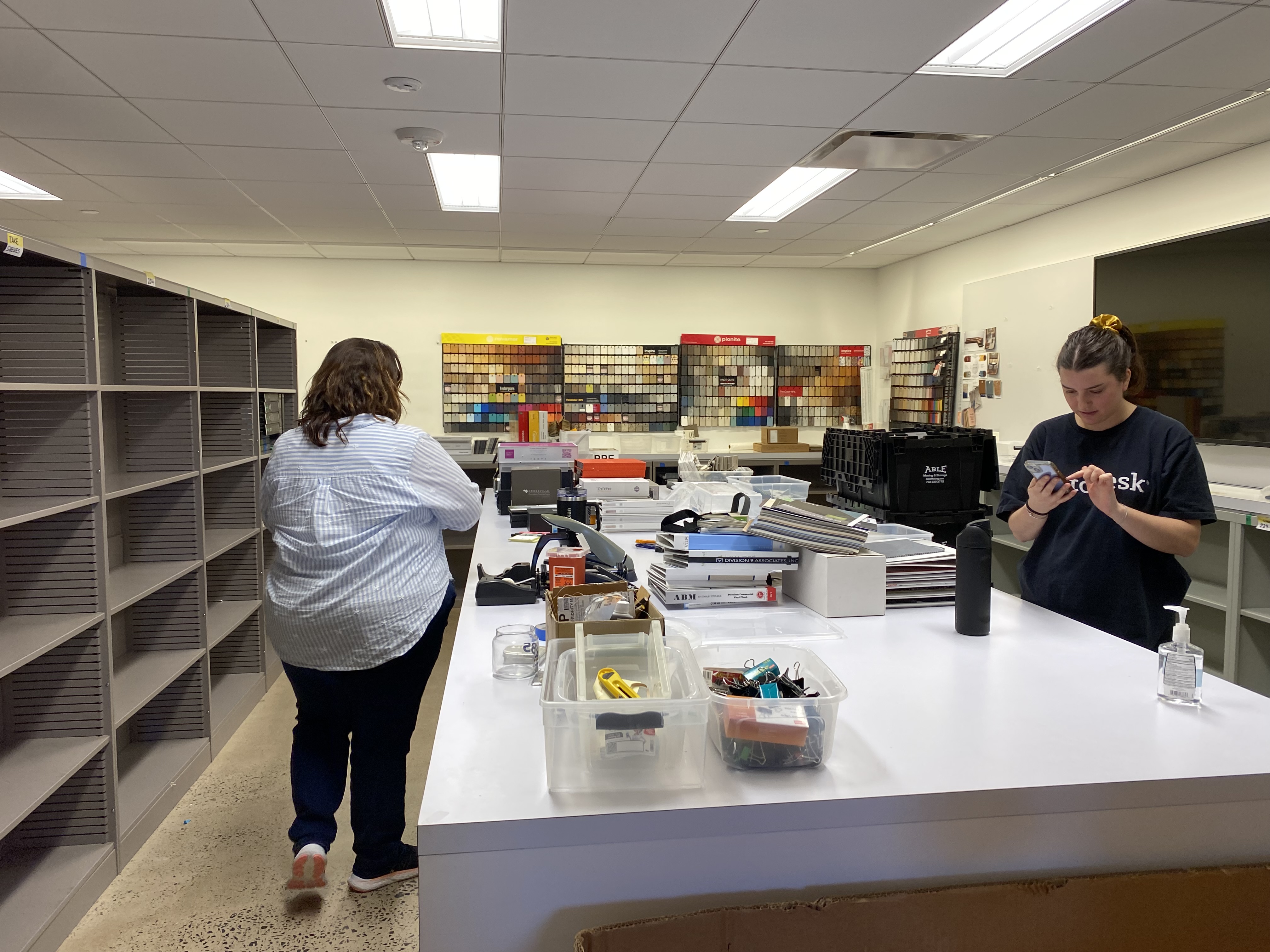When planning a corporate or medical practice move, most people expect a few days of disruption and understand they may have to work under less-than-optimum conditions for a short time. They know personal workspace items, as well as everything from the general office, will need to be packed and transported. What many don’t fully realize is just how much has to happen behind the scenes to pull off a move with minimal impact on day-to-day operations.
Having just completed a move ourselves—and regularly assisting clients with theirs—we wanted to share a few insights about the process.
The Move Starts Early
The “move” actually begins the moment the decision is made to look for new office space. At this stage, it’s essential to determine how much space you’ll need, based on current use, staffing, work functions, and required equipment and services. From there, you'll need to make a qualified prediction about potential changes—whether that’s expansion or downsizing. Often, the decision to move comes from the need for a space that better aligns with your business today while leaving room for what’s ahead. The goal is to avoid paying for excess square footage while still planning wisely enough to prevent another relocation anytime soon.

Start With a Purge
Once you’ve decided to move, you should begin the purging process. Management and staff should work together to evaluate everything in the office: What is necessary? Outdated? Better organized or consolidated? You’ll find things in closets, under desks, and in storage areas you may not have realized were there—we certainly did! Encourage full staff participation. If done gradually while the new space is being designed and built, you'll ensure only what you need and want makes it to your new office.
This is also a good time to consider records and storage:
· Could certain files be digitized or stored off-site?
· What documentation are you legally required to keep?
· Are there items that could be sold, donated, or offered to employees?
· Which systems are outdated and won’t make the move, and what should their replacements do better?
· Are there items containing confidential or personal information that need to be disposed of securely?
Selecting a Mover
Every item moved has a cost. Many moving companies charge “by the crate,” so the less you take, the better. When selecting a mover, request quotes from several companies. They’ll likely want to visit both the current and new space to assess scope. Quotes often factor in:
· Number of employees (generally one crate per person)
· Conference rooms
· Libraries or dense storage areas
· Furniture needing disassembly/reassembly
· Specialty equipment or items requiring special handling
· Building and elevator access at both locations
Coordinating with Consultants
As the new space nears completion, representatives of your ancillary consultants should be invited to progress meetings so that their schedules and requirements are considered and their input is included in the plans necessary to bring the project to a successful close.
Before move-in, your company must secure a Certificate of Occupancy (C of O). Many clients are unaware that this is their responsibility. While the general contractor and architect can provide guidance, the C of O is issued to the occupying company after inspections confirm compliance with local safety codes.
In addition to the C of O, some of the ancillary service providers may have to submit for specialized permits and schedule their own inspections. It’s never too early in the process to ask these providers about their specific compliance requirements and track their schedule toward project completion.

Expect the Unexpected
No matter how well you plan or how many experienced professionals are involved in the process, there will still be unexpected trials and challenges that will arise during the move. Here are just a few examples of some such complications:
· Freight elevator outages
· Supply chain issues
· Shipping delays
· Material arriving broken or damaged
· Holiday restrictions on building access
· Failure of service providers to pass their own inspection
The move still has to happen—so build in “wiggle room.” A few extra days in the schedule and a plan for remote work can make all the difference.
Don’t Overlook Technology
Technology is critical to today’s workplace. Coordinate closely with your IT provider: When will systems at the current office go down? When will the new space be ready? How long will equipment relocation take? What’s the earliest realistic date to be back online? Careful planning here helps minimize productivity loss.
Move Day and Beyond
Finally, move day arrives. Crates are delivered to desktops, movers roll in dollies, and installers set up furniture and equipment. The next few days will be hectic with unpacking and adjustments, but within a couple of months, things will settle into a routine.
For now, pause, smile, and take a moment to enjoy your new space.